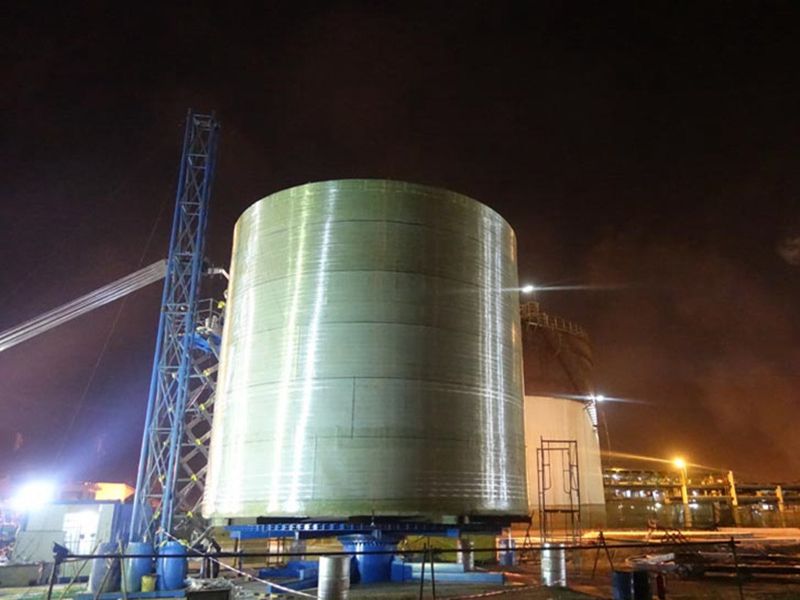
-
 Afrikaans
Afrikaans -
 Albanian
Albanian -
 Amharic
Amharic -
 Arabic
Arabic -
 Armenian
Armenian -
 Azerbaijani
Azerbaijani -
 Basque
Basque -
 Belarusian
Belarusian -
 Bengali
Bengali -
 Bosnian
Bosnian -
 Bulgarian
Bulgarian -
 Catalan
Catalan -
 Cebuano
Cebuano -
 China
China -
 China (Taiwan)
China (Taiwan) -
 Corsican
Corsican -
 Croatian
Croatian -
 Czech
Czech -
 Danish
Danish -
 Dutch
Dutch -
 English
English -
 Esperanto
Esperanto -
 Estonian
Estonian -
 Finnish
Finnish -
 French
French -
 Frisian
Frisian -
 Galician
Galician -
 Georgian
Georgian -
 German
German -
 Greek
Greek -
 Gujarati
Gujarati -
 Haitian Creole
Haitian Creole -
 hausa
hausa -
 hawaiian
hawaiian -
 Hebrew
Hebrew -
 Hindi
Hindi -
 Miao
Miao -
 Hungarian
Hungarian -
 Icelandic
Icelandic -
 igbo
igbo -
 Indonesian
Indonesian -
 irish
irish -
 Italian
Italian -
 Japanese
Japanese -
 Javanese
Javanese -
 Kannada
Kannada -
 kazakh
kazakh -
 Khmer
Khmer -
 Rwandese
Rwandese -
 Korean
Korean -
 Kurdish
Kurdish -
 Kyrgyz
Kyrgyz -
 Lao
Lao -
 Latin
Latin -
 Latvian
Latvian -
 Lithuanian
Lithuanian -
 Luxembourgish
Luxembourgish -
 Macedonian
Macedonian -
 Malgashi
Malgashi -
 Malay
Malay -
 Malayalam
Malayalam -
 Maltese
Maltese -
 Maori
Maori -
 Marathi
Marathi -
 Mongolian
Mongolian -
 Myanmar
Myanmar -
 Nepali
Nepali -
 Norwegian
Norwegian -
 Norwegian
Norwegian -
 Occitan
Occitan -
 Pashto
Pashto -
 Persian
Persian -
 Polish
Polish -
 Portuguese
Portuguese -
 Punjabi
Punjabi -
 Romanian
Romanian -
 Russian
Russian -
 Samoan
Samoan -
 Scottish Gaelic
Scottish Gaelic -
 Serbian
Serbian -
 Sesotho
Sesotho -
 Shona
Shona -
 Sindhi
Sindhi -
 Sinhala
Sinhala -
 Slovak
Slovak -
 Slovenian
Slovenian -
 Somali
Somali -
 Spanish
Spanish -
 Sundanese
Sundanese -
 Swahili
Swahili -
 Swedish
Swedish -
 Tagalog
Tagalog -
 Tajik
Tajik -
 Tamil
Tamil -
 Tatar
Tatar -
 Telugu
Telugu -
 Thai
Thai -
 Turkish
Turkish -
 Turkmen
Turkmen -
 Ukrainian
Ukrainian -
 Urdu
Urdu -
 Uighur
Uighur -
 Uzbek
Uzbek -
 Vietnamese
Vietnamese -
 Welsh
Welsh -
 Bantu
Bantu -
 Yiddish
Yiddish -
 Yoruba
Yoruba -
 Zulu
Zulu
grp chemical product
The Impact of GRP Chemical Products on Modern Industries
In contemporary industries, the application of various chemical products has significantly transformed manufacturing processes, product development, and service delivery. Among these, Glass Reinforced Plastic (GRP) chemical products have emerged as a pivotal material, offering unmatched strength, durability, and versatility. GRP, also known as fiberglass, combines plastic with glass fibers, creating a composite material that is lightweight yet incredibly robust. This article delves into the crucial role GRP chemical products play across diverse sectors.
One of the primary industries benefiting from GRP chemical products is construction. The construction sector demands materials that can withstand harsh weather conditions, resist corrosion, and provide structural integrity. GRP products meet these demands; they are resistant to rusting, rotting, and environmental degradation. For instance, GRP is increasingly used for roofing, cladding, and in the manufacturing of building components such as windows and doors. Beyond durability, GRP is aesthetically flexible, allowing for a range of designs and finishes that enhance the visual appeal of structures.
The Impact of GRP Chemical Products on Modern Industries
The marine industry also leverages GRP chemical products extensively. Boats and ships constructed with GRP are not only lightweight and buoyant but also possess enhanced resistance to saltwater and other corrosive elements. This makes GRP a preferred material for hulls, decks, and other components, leading to more durable vessels that require less maintenance over their lifespan. The combination of low maintenance requirements and high durability aligns well with the demands of marine operators, providing a significant economic advantage.
grp chemical product

In the energy sector, GRP products are utilized in wind turbine blades, where strength and light weight are critical. The fiberglass material aids in crafting long, slender blades that can capture wind efficiently, contributing to the growth of renewable energy. As the world moves towards sustainable energy solutions, the role of GRP in enhancing the efficiency and viability of wind power becomes increasingly vital.
Moreover, GRP is playing a transformative role in the field of healthcare. The medical industry uses GRP in manufacturing medical equipment and devices due to its high strength-to-weight ratio and ease of sterilization. From prosthetics to high-tech diagnostic tools, GRP offers the necessary durability and sanitary properties required for patient safety and effective medical interventions.
Sustainability is another aspect where GRP chemical products shine. With the growing emphasis on ecological responsibility, many manufacturers are developing bio-based composites that utilize renewable resources. These innovative developments promise to reduce the environmental impact of GRP production while maintaining its advantageous properties.
In conclusion, GRP chemical products have revolutionized multiple industries through their unique properties and applications. Whether it’s improving construction materials, enhancing automotive designs, facilitating marine durability, or contributing to sustainable energy solutions, GRP’s relevance cannot be overstated. As technology progresses and the need for durable, lightweight, and efficient materials increases, GRP will undoubtedly continue to play a crucial role in shaping the future of various sectors. The ongoing research and development in GRP products promise yet more applications, ensuring their position as essential components in modern manufacturing and design.









